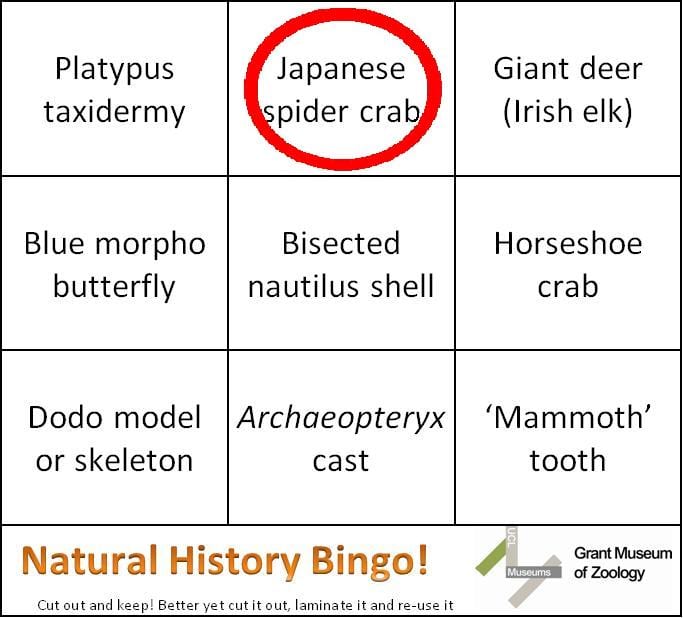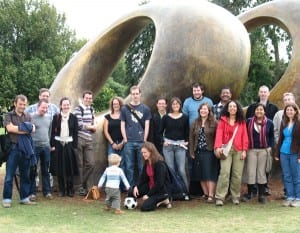Why Twitter is good for museums – making discoveries
By Jack Ashby, on 9 April 2014
Using Twitter as a way of building a community of support, engaging people in content and shedding light on life behind the scenes in museums (that we don’t just dust stuff) is too obviously demonstrated by the real world to be spending too much time discussing. Not to mention the power to market events and exhibitions quickly and cheaply – assuming don’t over-use social media as a marketing tool.
On Monday I conducted two pieces of “research” on our collection which sprung up out of the blue and would have been very difficult to solve without turning to our Twitter followers to tap their collective brain to find a quick answer. Both of them were on specimens that begin with “H” and end with “Bill”. Weird.
Tweeting Turtles

Hawksbill turtle showing his interesting eyes LDUCZ-X1177
 Close
Close




